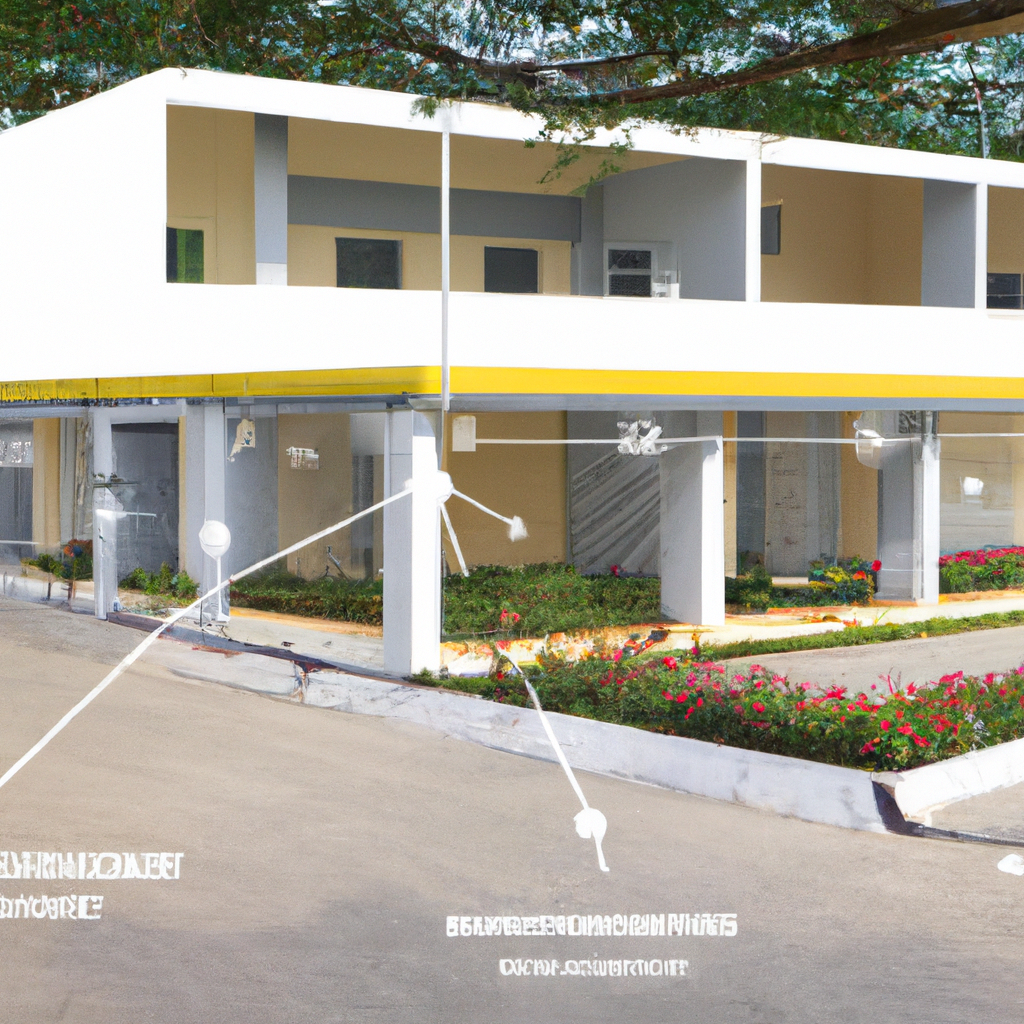Sustainable architecture is a design philosophy that seeks to minimize the negative impact of buildings on the environment while maximizing the benefits they offer to people. It involves the use of sustainable building design, green architecture, eco-friendly buildings, sustainable construction techniques, sustainable materials in architecture, sustainable architecture examples, sustainable architecture features, and sustainable architecture benefits. In this article, we will explore the principles of sustainable architecture in detail.
Principles of Sustainable Architecture

1. Energy Efficiency: Energy efficiency is a critical aspect of sustainable architecture. Buildings that are designed to minimize energy consumption are more sustainable than those that are not. This can be achieved through the use of passive solar design, insulation, energy-efficient appliances, and lighting among others.
2. Water Efficiency: Sustainable architecture also involves the efficient use of water. This can be achieved through the use of water-efficient appliances, rainwater harvesting, and greywater recycling among others.
3. Sustainable Materials: Sustainable architecture also involves the use of sustainable materials in building construction. This includes the use of recycled materials, locally sourced materials, and materials that are renewable and biodegradable.
4. Indoor Environmental Quality: Sustainable architecture also seeks to create healthy indoor environments that are free from pollutants and toxins. This can be achieved through the use of natural ventilation, low-emitting materials, and indoor plants among others.
5. Site Selection: Site selection is also an essential principle of sustainable architecture. Buildings should be located in areas that are easily accessible by public transport and within walking or cycling distance of amenities such as shops and schools.
6. Waste Reduction: Sustainable architecture also involves the reduction of waste during the construction process. This can be achieved through the use of prefabricated building components and the recycling of construction waste.
Sustainable Architecture Features
Some features of sustainable architecture include:
1. Green Roofs: Green roofs are roofs that are covered with vegetation. They provide insulation, reduce stormwater runoff, and improve air quality.
2. Solar Panels: Solar panels are used to generate electricity from the sun. They are a sustainable alternative to traditional power sources.
3. Passive Solar Design: Passive solar design involves the use of the sun’s energy to heat and cool buildings. This can be achieved through the orientation of buildings and the use of shading devices.
4. Natural Ventilation: Natural ventilation involves the use of natural air currents to cool buildings. This can be achieved through the use of operable windows and vents.
Sustainable Architecture Benefits
Some benefits of sustainable architecture include:
1. Environmental Benefits: Sustainable architecture helps to reduce the negative impact of buildings on the environment. This includes the reduction of greenhouse gas emissions, the conservation of natural resources, and the protection of biodiversity.
2. Economic Benefits: Sustainable architecture can also offer economic benefits. This includes the reduction of energy and water bills, the creation of green jobs, and the increase in property values.
3. Social Benefits: Sustainable architecture also offers social benefits. This includes the creation of healthy indoor environments, the improvement of public health, and the promotion of community engagement.
Sustainable Architecture Examples
Some examples of sustainable architecture include:
1. The Bullitt Center in Seattle, USA: The Bullitt Center is a commercial building that is designed to be net-zero energy and water. It incorporates features such as solar panels, rainwater harvesting, and natural ventilation.
2. The Beddington Zero Energy Development in London, UK: The Beddington Zero Energy Development is a residential development that is designed to be zero-carbon. It incorporates features such as solar panels, green roofs, and rainwater harvesting.
3. The Pixel Building in Melbourne, Australia: The Pixel Building is a commercial building that is designed to be carbon-neutral. It incorporates features such as solar panels, a green roof, and a wind turbine.
In conclusion, sustainable architecture is a design philosophy that seeks to minimize the negative impact of buildings on the environment while maximizing the benefits they offer to people. It involves the use of sustainable building design, green architecture, eco-friendly buildings, sustainable construction techniques, sustainable materials in architecture, sustainable architecture examples, sustainable architecture features, and sustainable architecture benefits. By incorporating these principles into building design, we can create buildings that are environmentally, economically, and socially sustainable.






